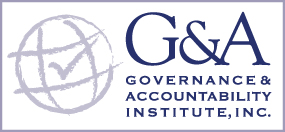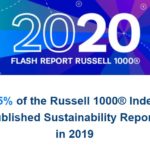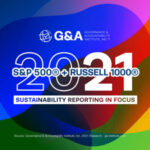
The S&P 500 (R) universe of large-cap companies is the most widely used gauge for investors of large-cap U.S. corporate entities. There is more than US$7 trillion investments benchmarked to the S&P 500, with index assets of almost $2 trillion represented. The index captures more than 80 percent of available market capitalization, notes owner S&P Dow Jones Indexes / McGraw Hill Financial.
The G&A Institute team closely monitors US corporations included in the index (a number are clients of G&A), and analyzes the reporting practices of the constituent companies. In the first year of the study, we looked at 2010 sustainability / CSR / citizenship reporting by the S&P 500 and determined that about 20% were doing some kind of structured sustainability and related subject matter reporting. That was a good baseline year to build on, but 80% were laggards.
The next year the volume of reporting dramatically increased to more than 50% of the universe; then to three-quarters, and in our latest examination, for year 2016 the result was that 82% of the universe is reporting — only 18% of the 500 are now laggards in this regard.
But what about the quality of reporting (as volume increased)? We teamed with the analysts at The CSR Sustainability Monitor (headquartered at Baruch College, Weissman Center for International Business, Zicklin School of Business, City University of New York) to utilize the CSR Monitor’s Big Data to extract deeper intelligence on corporate reporting.
Two important questions posed and the definitive answers back:
Question #1: What is the quality and scope of the reports being published…and
Question #2: is there a difference between the S&P 500 companies using the Global Reporting Initiative (GRI) framework and those not doing so.
Answer to question number two: YES — there is a big difference in most categories.



